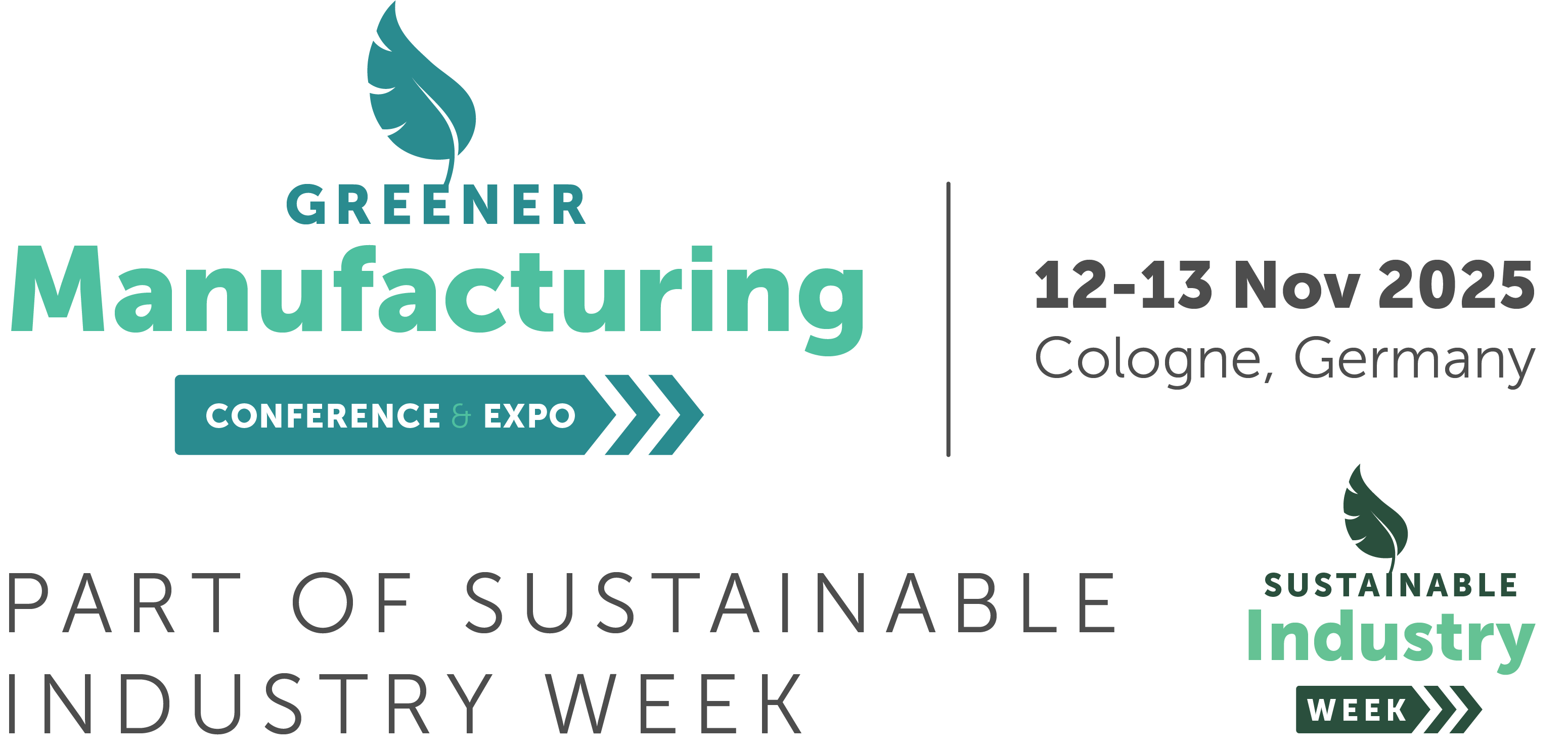Scroll Down To View The Full 2023 Agenda


Conferences at a Glance
Day 1, Wednesday 08 November, 2023
View Stream 1
Product stewardship is an approach to design and produce products and services with sustainability and compliance in mind. The approach starts with a top-down commitment to sustainability across the product portfolio, operations and services. Organizations need to develop a stewardship framework to guide and implement the transition to a sustainable, low-emissions portfolio and operate within planetary boundaries by e.g., introducing circular solutions. ´
As highlighted in the UN Environment Programme (UNEP) initiative to develop an international legally binding instrument on plastic waste pollution by 2024, the key elements of the required transformation are rethinking and redesigning products; reusing, recycling, reorienting and diversifying markets; and addressing the plastic pollution legacy.
In the presentation, we will discuss sustainable product portfolio management in the context of a topical case example from the packaging industry. In Europe, the Packaging and Packaging Waste Regulation (PPWR) will be a key driver of change throughout the packaging industry as compliance will be obligatory – focusing on sustainability is no longer optional, it’s mandatory. The new PPWR aims to achieve significant waste reduction targets, having major implications not only on product design but also on packaging consumption.
The impact of fossil carbon embedded in chemicals and polymers is today still mostly neglected. Nevertheless, the only way for chemicals and polymers to become sustainable and part of the circular economy is the complete substitution of fossil carbon with renewable carbon from alternative sources: biomass, CO2 and recycling.
The presentation will focus on developments in bio- and CO2-based polymers and building blocks: Bio-based polymers are estimated to grow at a CAGR of 14 % from 2022 to 2027. Some examples: Bio-based epoxy resin production is on the rise, PTT regained attractiveness after several years of constant capacities and PE and PP made from bio-based naphtha are being further established with growing volumes. Increased capacities for PLA are ongoing, after being sold out in 2019. Current and future expansions for bio-based polyamides as well as PHAs are on the horizon. And also, bio-based PET is getting back in the game.
Additionally, the use of CO2 as chemical feedstock for building blocks and polymers has been intensively diversified. Several successfully implemented technologies used at commercial level are in place and many more at the laboratory and pilot phase. Besides the long-established use of CO2 for the synthesis of polycarbonates, also polyurethanes are based on it. The most notable biotechnological conversion pathway of a syngas produces ethanol at commercial scale. Additionally, high interest is also observed in CO2-based methanol and in CO2-based hydrocarbons, which can be used for fuel, chemical and polymer applications. A current total production capacity of these CO2-based products of ca. 1.3 Mt/a in 2022 is observed and a strong increase in capacity is expected by 2027.
To create a circular economy, society should develop paint and coating systems that are fully sustainable and circular. This necessitates not just developing binder systems that are based upon renewable feedstocks, but ultimately redesigning all components of the formulation. Moreover, substances that are being classified as substances of very high concern, should be phased out. On top of that, improved end-of-life options of paint and coatings systems should be developed; systems should be safe and circular by design.
This imposes huge challenges to the paints and coatings industry since properties like durability and resistance seem contradictory to recyclability and eco- or biodegradability.
The presentation will highlight a number of different developments directed to making current binder systems more biobased, making pigment production more environmentally acceptable and ultimately biobased, developing recycling and looping strategies for paints, coatings and related systems.
Developments on biobased aromatics, such as substituted phthalic acid anhydrides will be highlighted; these aromatics could be important building blocks in coating systems like do-it-yourself paints and powder coatings systems. Results of the BBI (BioBased Industries Initiative) funded project CHAMPION (Circular High-performance Aza-Michael Polymers as Innovative materials Originating from Nature) will be discussed. This project focuses on developing biobased binder systems via so called Aza-Michael chemistry; this type of chemistry will allow to substitute epoxy or polyurethane based systems and results into binder systems that are potentially biodegradable.
Benefits of the new technologies will be that they will save CO2 emissions upon production of the paint and coating ingredients. On top of that, it will reduce the use of components that are hazardous to human health and the environment.
The panel discussion will focus on the transformative potential of photochemistry in various facets of the chemical industry. It highlights the role of photochemistry in producing fine/specialty chemicals, platform chemicals, and synthetic fuels, as a key driver in transitioning from fossil-based to sustainable energy and feedstocks. This resurgence in interest is attributed to visible light photoredox catalysis, energy efficiency, and the desire to harness sunlight directly for sustainable chemical processes. The text underscores the advantages of using microflow reactors with artificial light sources for fine/specialty chemical production, such as improved photon flux, shorter reaction times, and reduced side-product risks. Additionally, it discusses the use of sunlight for platform chemical production, showcasing innovative approaches like CO2 and green H2 conversion to fuels and carbon monoxide for methanol production. The panel aims to explore the broad potential of photochemical processes, including their impact on the chemical and energy sectors, economic viability, continuous flow applications in fine chemistry, and opportunities for high-tech industries in terms of equipment development.
Day 2, Thursday 09 November, 2023
80% of the environmental impact of products is determined at a very early design stage. The 10x Design approach considers all relevant factors in the process, including product protection, unbox-ing experience, recyclability, and especially the requirements of the Packaging and Packaging Waste Regulation (PPWR)
To give brand owners the opportunity to compare different packaging solutions, the Sustainability Scorecard developed by the STI Group allows to easily asse various sustainability parameters. As a result the tool provides actionable priorities for optimisation along the supply chain in accordance with the upcoming PPWR.
What participants can expect:
Let’s go circular.
Deforestation contributes to as much as 15% of all GHG emissions every year, making the protection of forests and peatlands inevitable. Having adopted a strict policy of zero deforestation since 2015, Asia Pulp & Paper (APP) Sinar Mas, has been and continues to be at the forefront of a profound shift in recent years, of the global commitment to address climate change and sustainable packaging.
In this session, come and get to know us better by joining us in our journey. This seminar will take you through APP’s sustainability commitments including showcasing the latest plastic free products. Asia Pulp & Paper (APP) Sinar Mas is more than paper & paper, continuously innovating, doing business responsibly and embracing the journey for #GrowingOurTomorrow.
The chemical industry is a major contributor to carbon emissions. The industry needs to transition to a more sustainable model to reach climate goals.
The European Commission's document ""Transition pathway for the chemical industry"" outlines several ways to defossilize the chemical industry, such as using chemical recycling to transform plastic waste into valuable products that replace fossil-based ones.
However, plastic waste needs to be sorted and processed before it can be used as feedstock. Since waste is heterogeneous, this is not easy.
Despite its challenges, chemical recycling has the potential to play a major role in the defossilization of the chemical industry and thus make a significant positive impact on the environment.